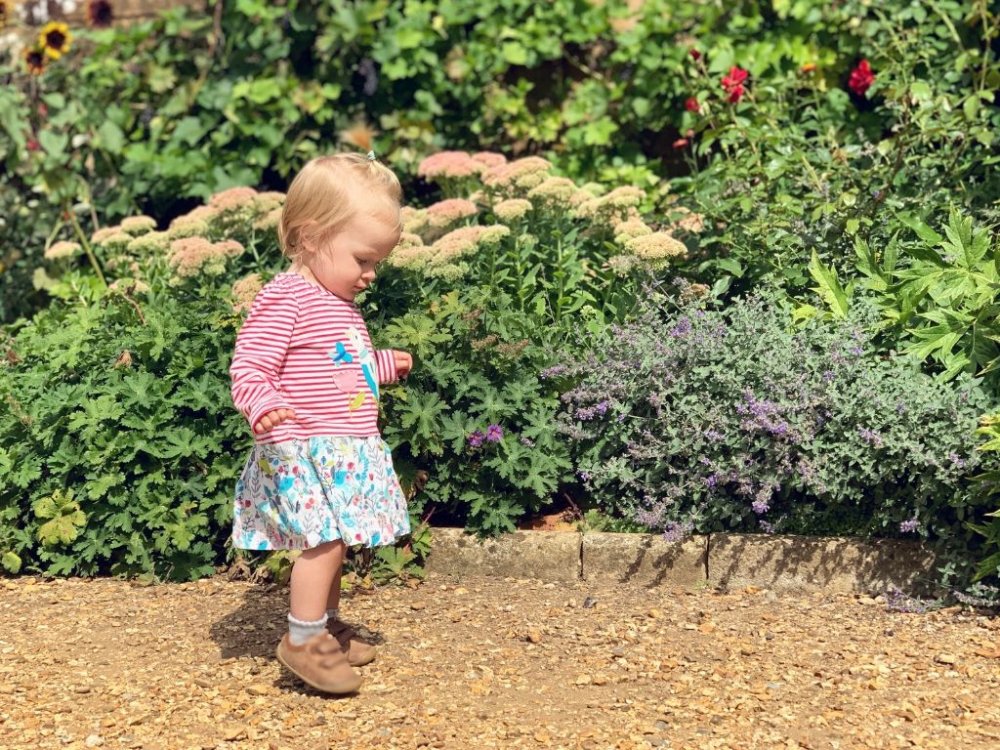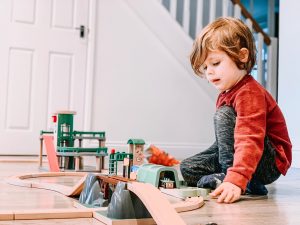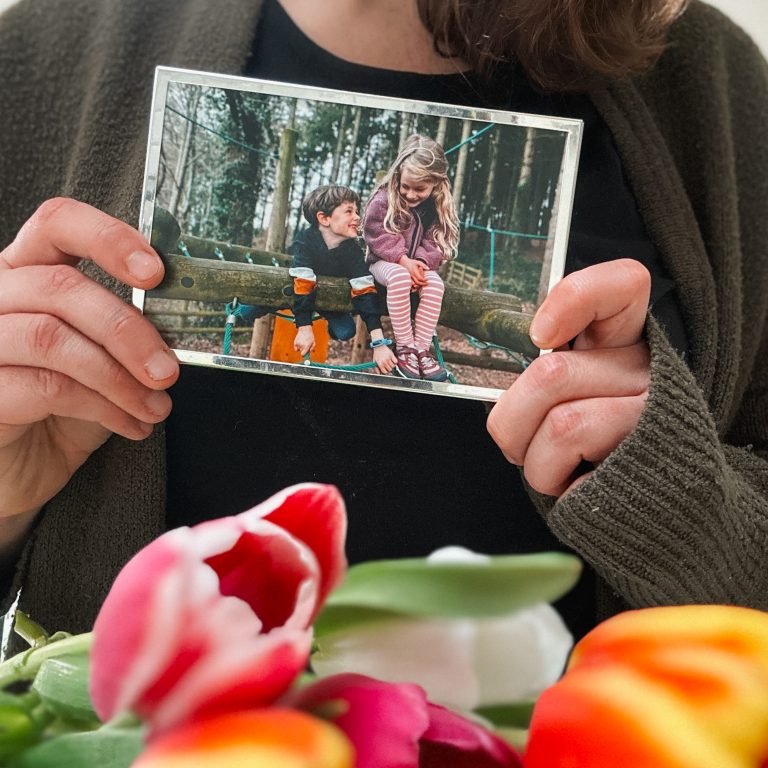If you have a young family or are thinking about soon becoming a first-time parent, you probably worry about how to ensure your kid’s safety. Most parents warn their children about “stranger danger” and about looking both ways before crossing a road. However, there are potential dangers in our own home that we may overlook. We might not consider what our home looks like from a child’s perspective or may not have gotten around to updating items that have seen better days (and could be potentially hazardous). In this article, we’ll take you through different aspects to consider when evaluating your home’s safety and how to childproof different areas. This way, you can sleep easy knowing that your family is protected.
General Safety Measures and Childproofing Methods
Before getting into specific childproofing methods, it’s vital to first consider general safety measures that apply to your home. Unfortunately, your home could fall victim to accidents like fires or natural disasters like flooding, depending on where you live. Whatever your particular circumstances, it’s always a good idea to prepare your family and make an emergency plan together so that you’re ready for any situation.
As part of your emergency plan, you should consider where your exit routes are and decide on a meeting point. You should also ensure that your family knows where the first aid kit is and that your kids know who they can contact in case of separation. In case of accidents like fires or carbon monoxide leaks, it’s critical to ensure you have working detectors installed so that your household can be alerted as early as possible.
Some common childproofing methods that you could apply to your whole home include the use of baby gates, doorstops and door locks. These all help stop your little ones from entering rooms unsupervised. Applying electrical safety measures throughout your home should also be taken seriously. You can invest in safety plugs for electrical outlets and cord shorteners. Safety plugs will prevent your child from sticking their fingers or other objects into outlets, protecting them from electrocution. Using cord shorteners allows you to store excess long cord so your kid doesn’t accidentally get tangled up.
How To Childproof Your Garden
Going outside and enjoying the outdoors can be great for your kid’s mental and physical health. However, it can cause some parents anxiety as it can be harder to control potential hazards. If you have a garden, there are some steps you can take to better protect your children when they’re playing outside.
Firstly, make sure there is a secure and sturdy fence around the perimeter of your home. This helps prevent kids from venturing out of your home and lowers the chance of your kids accessing dangerous environments such as busy roads. If you have ponds or water features in your garden, it’s a good idea to cover these with safety nets to protect your little ones from falling in. Any heavy furniture or tools in your garden should be secured to the ground or a wall to prevent them from being tipped over and potentially hurting someone. When young children explore, they tend to touch and eat almost anything. Therefore, it’s vital to check your garden for potential hazards like poisonous plants and remove these from the vicinity.

When older children play outside, they can sometimes be a bit reckless, as they don’t always understand the consequences of their actions. For example, when kicking a ball, there’s a risk that it could hit and break a window. The average window cost in the UK can be pricey, so of course it’s best to warn your children of the potential dangers beforehand. For example, the average cost to replace windows in a 3 bed house in the UK could be anywhere between £4,000 to £14,000, depending on the type of window you choose. If you are in a place where you’re considering getting new windows for your home, then it’s advisable to get double or triple glazed windows with safety glass (such as laminated or toughened glass). These types of glass and glazing help to strengthen your windows, making them less vulnerable to breaking into multiple sharp shards.
How To Childproof Your Bathroom and Kitchen
Due to potentially wet and slippery surfaces, the bathroom is a critical area of your home to secure. You can place bath mats on your floor and non-slip mats in your bathtub and shower. These mats have a textured surface that will help your child find their footing and decrease their chances of falling over. Alternatively, your kid can also use a shower chair so that they can sit down while being washed.
The kitchen is another room that comes with many potential dangers for children. Ideally, sharp objects and dangerous chemicals should be completely out of reach for children, but on top of that it’s a good idea to make sure that these items are all locked away in cabinets. You can also buy knob covers and stove guards to prevent children from accidentally turning stoves on and burning themselves.
Overall, there are many steps you can take to ensure your family’s well-being. Implementing these steps gives your children a safe environment to learn and explore while also giving yourself peace of mind.









No Comments